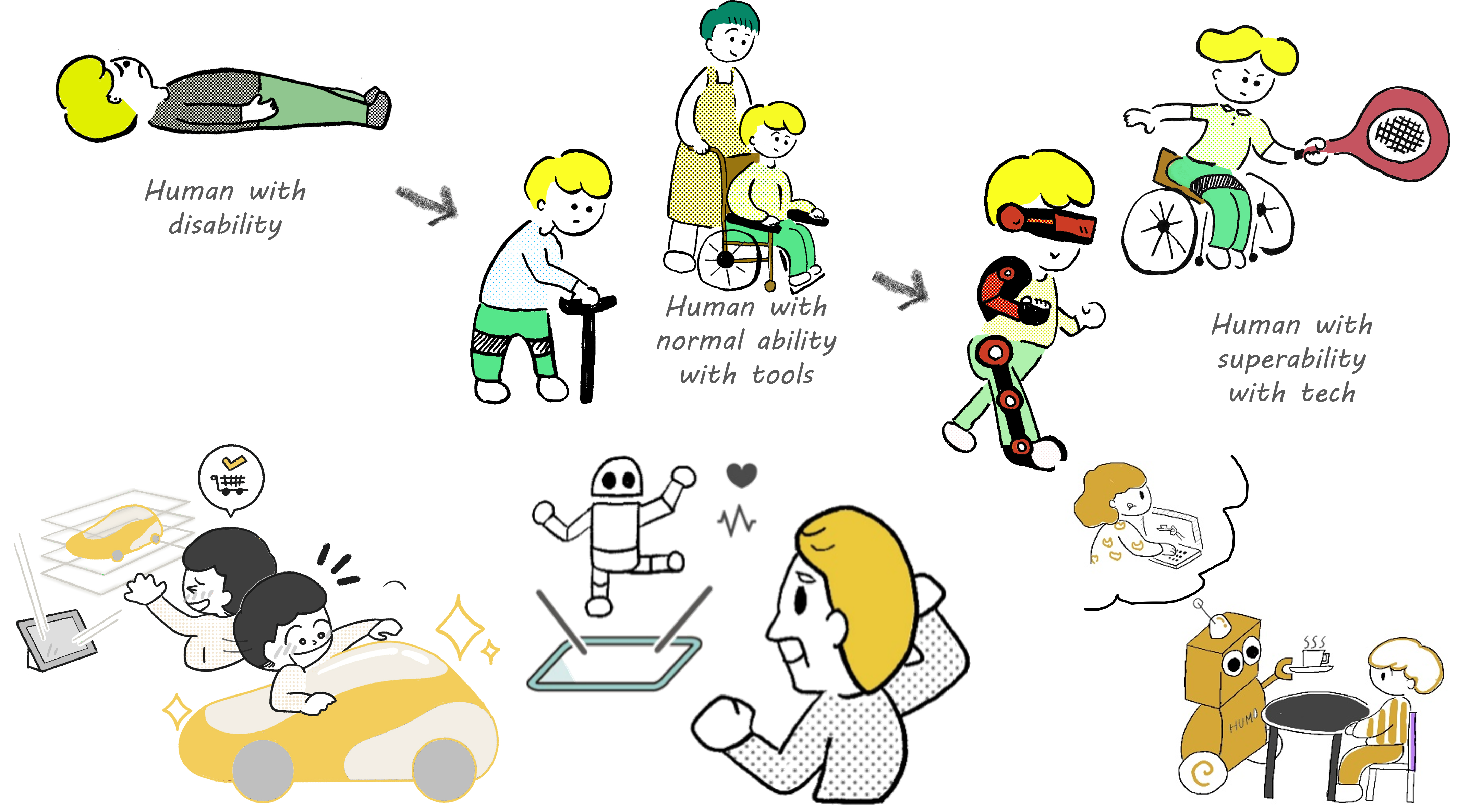
Biological Systems Engineering Lab
Living organisms developed in nature through the evolution process are equipped with supremely skilled and sophisticated biological functions that cannot be realized with current engineering techniques. Analysis of these mechanisms may lead to not only elucidation of biological functions but also development of a wide variety of novel engineering systems.
From the viewpoint of a scientist approaching the secrets of living organisms and from that of an engineer developing machinery useful for human kind, the members of Biological Systems Engineering laboratory work on a wide variety of projects to analyze the characteristics of biological functions from theoretical and experimental approaches employing engineering techniques aiming to find new principles peculiar to biological systems, and develop novel medical/welfare apparatuses and industrial devices by applying the elucidated principles.
Through such research activities, the students can learn in-depth knowledge about biological systems based on electricity, electronics, systems and information engineering foundation allowing themselves to become creative engineers capable of seeking a new principle and expanding it into new fields.











